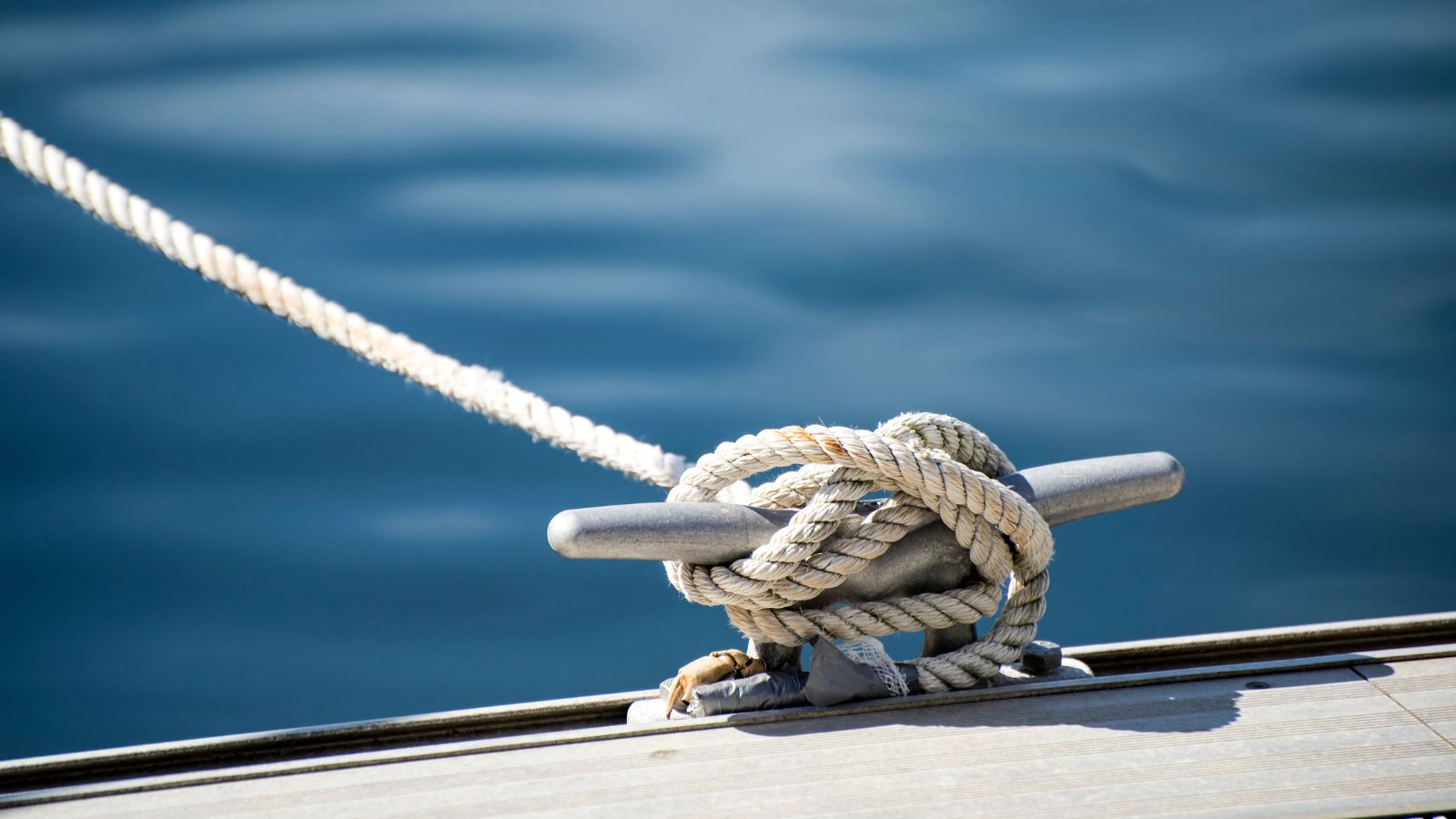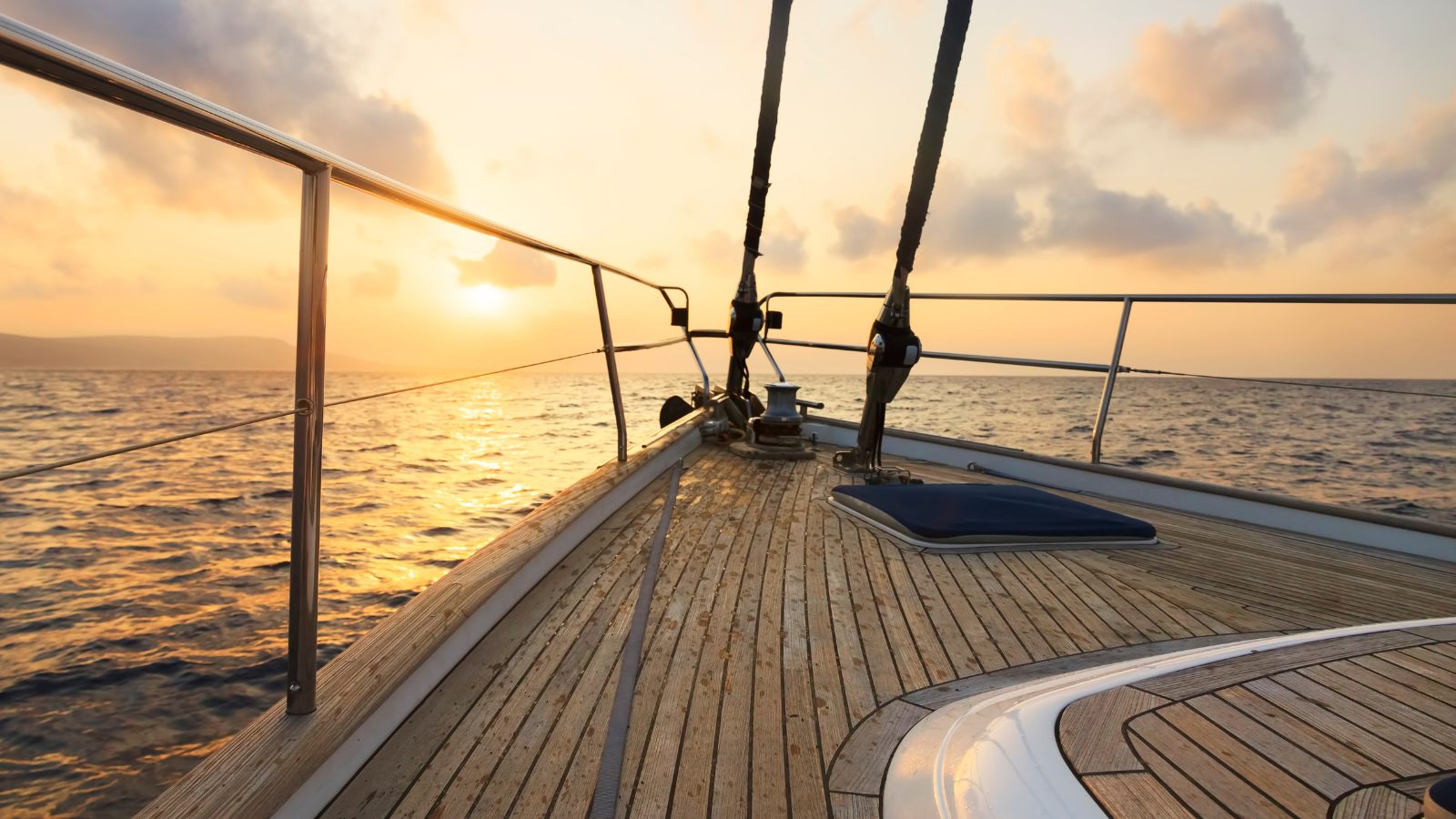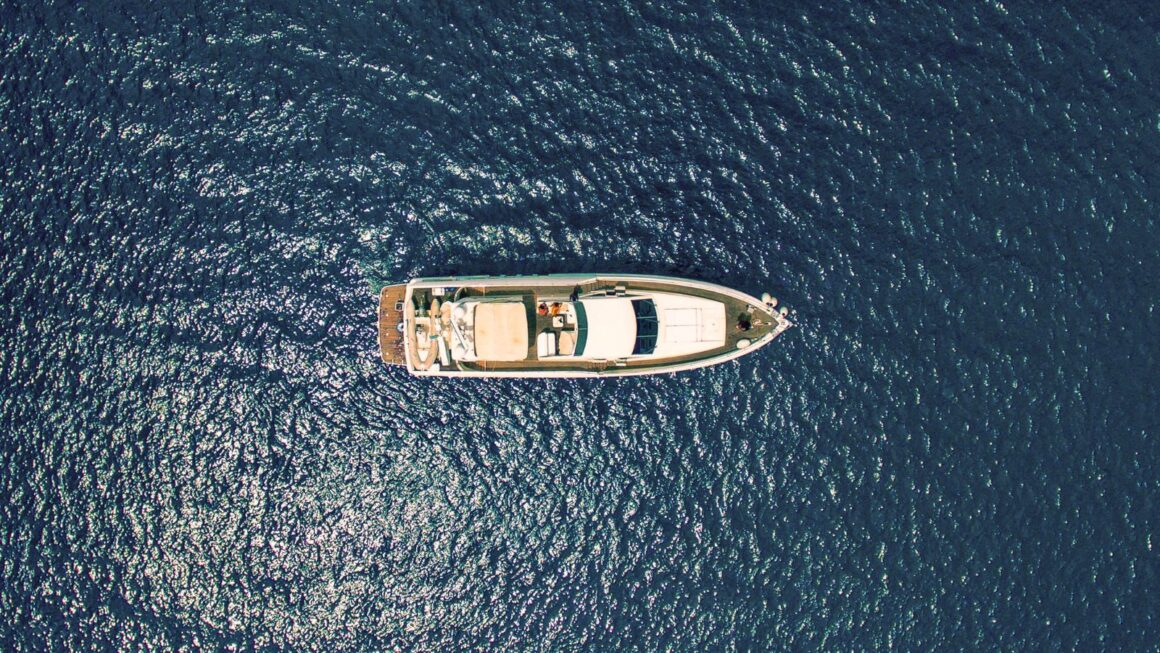The Pacific Northwest is home to some of the most beautiful cruising grounds in North America, including the San Juan Islands, Puget Sound, and the breathtaking fjords of British Columbia. Each area offers something unique for trawler yacht cruising enthusiasts. The San Juan Islands are known for their protected waters and wildlife, Puget Sound for its bustling ports and maritime history, and the fjords for their dramatic scenery and tranquil waters. Exploring these destinations by luxury trawlers allows cruisers to take in the stunning natural beauty at their own pace, anchoring in peaceful bays that are often inaccessible to larger vessels.
Preparing Your Trawler Yacht For Pacific Northwest Voyages
Essential Cold-Weather Gear
When cruising the chilly waters of the Pacific Northwest, equipping your long-range trawler yachts with the right cold-weather gear is crucial. Consider thermal insulation for all exposed plumbing to prevent freezing and potential damage. Investing in high-quality, waterproof outerwear for you and your crew ensures comfort during deck operations in wet weather. Additionally, having thermal blankets and emergency heating options can safeguard against unexpected cold snaps, enhancing safety and comfort aboard your ocean-going trawler.
Insulated Cabins and Heating Systems
The unpredictable weather in the Pacific Northwest demands well-insulated cabins and efficient heating systems to maintain a comfortable living environment on your cruising adventures. Look for ocean trawlers that offer upgraded insulation packages and dual heating solutions, such as diesel-powered heaters combined with electrical systems.
Safety Equipment Specific to the Region
It is essential to equip your trawler yacht Pacific Northwest with de-icing tools to manage build-up on deck surfaces and rigging. High-quality, water-tight door seals and anti-slip deck coatings can prevent water ingress and accidents during rough weather. Always carry a well-maintained life raft and cold-water survival suits to enhance survivability in case of emergency.
Understanding Local Maritime Regulations
Before setting sail, it’s imperative to understand and comply with local maritime regulations specific to the Pacific Northwest. This includes fishing laws, which can be particularly stringent, and regulations regarding marine wildlife protection. Ensuring your ocean trawler yacht cruising complies with these regulations can prevent costly fines and contribute to the preservation of the natural beauty that makes this region so appealing. Stay updated on changes to navigational rules which can often occur due to shifting environmental policies or marine traffic adjustments.
Navigation Tips For The Pacific Northwest
Advanced Navigation Tools
Modern trawlers are often equipped with state-of-the-art electronic chart systems and autopilots that can adapt to dynamic coastal conditions. Utilizing AIS (Automatic Identification Systems) can greatly enhance your situational awareness, allowing you to track the movements of larger vessels in foggy or adverse weather conditions. Investing in forward-looking sonar can also provide a real-time view of what lies beneath the waves, crucial for avoiding submerged obstacles.

Managing Tides and Currents
Navigating the complex tides and currents of the Pacific Northwest requires a thorough understanding and strategic planning to ensure safe and efficient Pacific Northwest coastal cruising. The tidal range can vary dramatically, creating strong currents that may challenge even experienced skippers. Here’s how to manage these effectively:
- Consult Tidal Charts Regularly: Always check the local tidal charts before departure to plan your route according to the high and low water times. This can help you avoid getting caught in strong tidal currents that could impede your progress or put you in danger.
- Use Current Atlases: Equip yourself with a current atlas for the area you plan to cruise. These atlases provide detailed information on the direction and strength of currents at different times of the day, which is invaluable for navigation.
- Incorporate GPS and Radar: Use GPS in conjunction with radar to navigate safely in low visibility conditions that can be caused by mist or rain. Radar helps in identifying the shorelines and navigational aids that might not be visible due to poor weather conditions.
- Plan for Slower Speeds: Anticipate and plan for slower speeds when facing adverse tidal conditions. Adjusting your schedule to navigate during slack tide, when water movement is minimal, can make for a smoother and safer trip.
Understanding and adapting to these natural forces can turn challenging navigational scenarios into manageable tasks, ensuring that your time spent cruising the rugged coastlines is both safe and enjoyable.
Avoiding Underwater Obstacles and Rocky Shores
When cruising the rocky shores of the Pacific Northwest, your ocean trawler must be equipped to handle unexpected underwater obstacles. Utilizing high-resolution bottom mapping systems can help identify potential hazards like rocks or wrecks. Regular updates to your electronic charting software ensure that new navigational data is incorporated, providing the latest information to help you steer clear of dangers.
Communication And Safety On Remote Pacific Northwest Cruises
Reliable Marine Communication Systems
High-frequency (HF) radios are essential for long-distance communication, surpassing the limitations of VHF radios in terms of range. Satellite phones provide a reliable backup for when cellular service is unavailable, enabling you to maintain contact with the outside world regardless of your location. Installing an AIS transponder can enhance your vessel’s visibility to nearby ships, which is crucial in crowded or obscured waterways.
Emergency Communication with Marinas and Ports
Maintaining robust lines of communication with marinas and ports is crucial, particularly in emergencies. Here’s a comprehensive approach to ensure continuous contact during your ocean trawler yachts adventure:
- Maritime Mobile Service Identity (MMSI): Register for an MMSI number, which allows you to send a distress signal that includes your location data at the push of a button, greatly facilitating quick response.
- Digital Selective Calling (DSC): Equip your VHF radio with DSC capability, which uses the MMSI to make a direct call to a specific vessel or shore station.
- Satellite Communication: Invest in a satellite phone or other satellite communication system to ensure you can reach emergency services or marinas when out of range of VHF and cell networks.
- Regular Check-ins: Schedule regular check-ins with your home port or designated contact using whichever communication systems are available, to relay your position and status.
Being prepared with multiple communication methods ensures that you can always get help if needed, enhancing safety for everyone aboard. These strategies are not just for emergencies; they also facilitate smoother coordination with marinas for docking or service needs, ensuring a seamless cruising experience.

Using Advanced Communication Tools
Advanced ocean trawler communication systems, such as the Enhanced Group Call (EGC), which broadcasts important navigational and weather information directly to ships, can significantly improve safety on board. Such systems are particularly useful in the unpredictable waters of the Pacific Northwest, where sudden weather changes can occur. Integrating these tools with your existing navigation systems ensures that you receive real-time updates that are crucial for safe navigation.
Fuel Efficiency And Long-Range Cruising
Selecting the Most Fuel-Efficient Yacht
Choosing the most fuel-efficient trawler is critical for extended cruises, where refueling opportunities may be sparse. Modern trawlers are designed with fuel efficiency in mind, featuring hull designs that minimize drag and engines that maximize fuel economy. When selecting a yacht, consider models that incorporate hybrid propulsion systems, which combine traditional engines with electric motors. This technology can significantly reduce fuel consumption, especially at lower speeds during coastal cruising or while navigating through sensitive ecological zones.
Planning Fuel Stops
Research marinas and fuel dock locations along your intended route and note their operating hours and fuel types available. Some remote locations may only receive fuel deliveries periodically, so confirming availability ahead of time is crucial. As emphasized previously, consider the tide and weather conditions, as they can affect your ability to safely access certain fuel docks.
Maximizing Time Exploring Remote Areas
To maximize the time spent exploring remote areas without the need for frequent refueling, consider carrying additional fuel in safely mounted reserve tanks. This practice extends the range of your voyage and provides a buffer in case of unexpected detours or delays. Furthermore, practicing slow cruising techniques can conserve fuel, allowing you to enjoy the stunning scenery of the Pacific Northwest at a leisurely pace without the constant concern for the next fuel stop.
Successful cruising in the Pacific Northwest on a trawler yacht involves a careful balance between thorough preparation and the ability to enjoy the journey as it unfolds. While it’s essential to plan meticulously for aspects like navigation, safety, and provisions, remaining flexible allows you to seize opportunities for spontaneous exploration or to adapt to the changing conditions of this dynamic marine environment. Embracing both the challenges and rewards of Pacific Northwest trawler yacht cruising enhances the overall experience, making each voyage not just a journey, but a memorable adventure.

